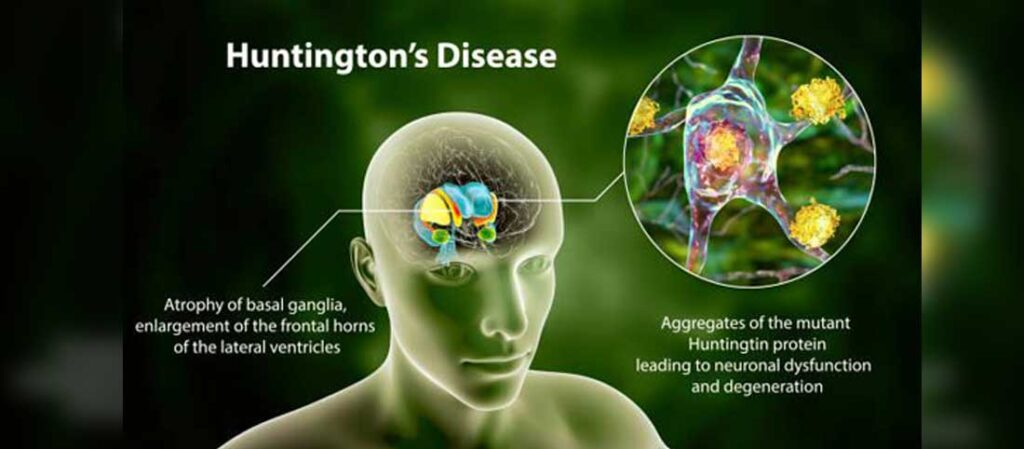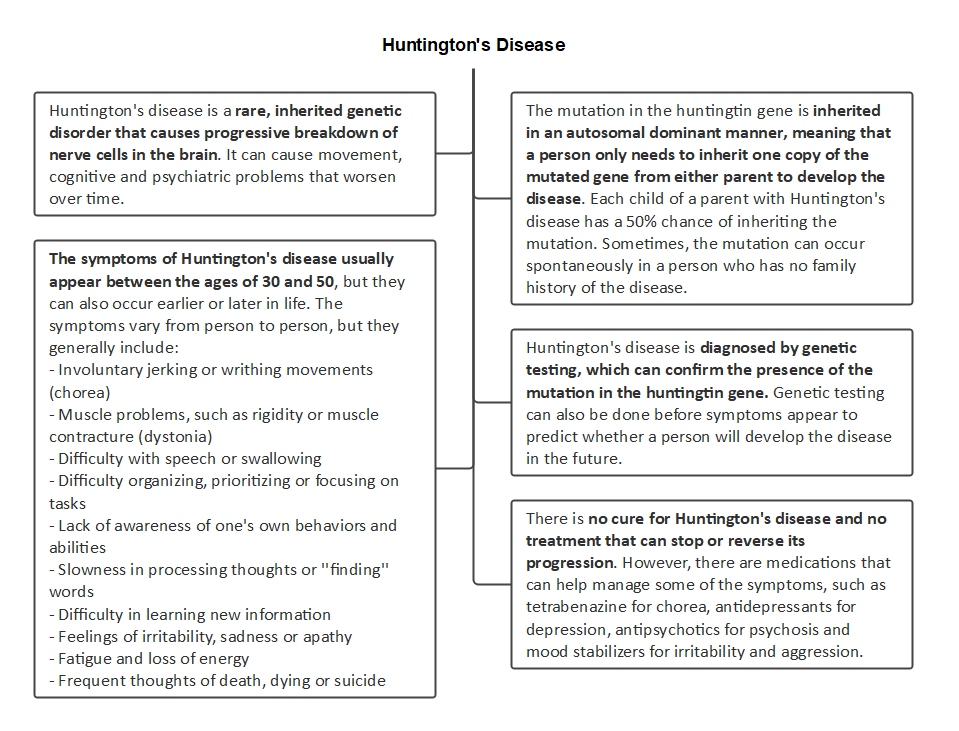Free Courses Sale ends Soon, Get It Now


Free Courses Sale ends Soon, Get It Now



Copyright infringement not intended
Picture Courtesy: mayfair.com.bd
Context: A recent study published in Scientific Reports, where researchers from the University of Szeged in Hungary used fruit flies (Drosophila melanogaster) to investigate Huntington's disease at the molecular level.
Details
Huntington's Disease and HTT Gene
Severity and Inheritance
Polyglutamine Tracts in Proteins
Fruit Fly Model
Study Findings
Significance of the Findings

Conclusion
|
PRACTICE QUESTION Q. What is the primary cause of Huntington's disease? A) Environmental factors B) Viral infection C) Mutated HTT gene D) Lack of neurotransmitters Answer: C Explanation: Huntington's disease is primarily caused by a mutated version of the HTT gene, which leads to the production of an abnormal huntingtin protein. The mutated huntingtin protein damages and destroys neurons in the brain, resulting in the characteristic neurodegenerative features of the disease. |
© 2024 iasgyan. All right reserved